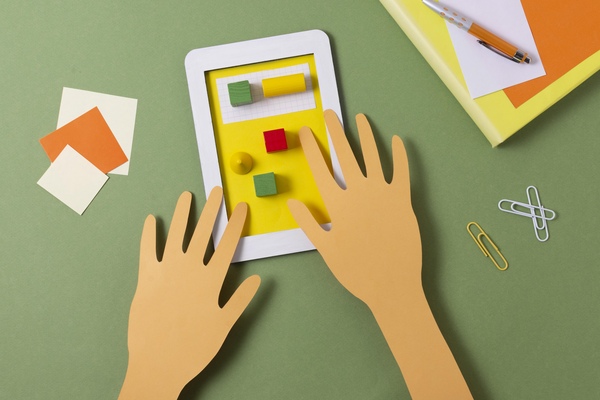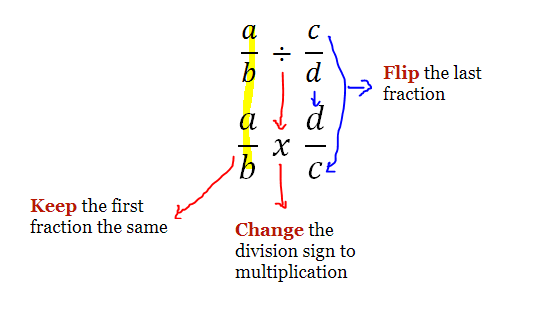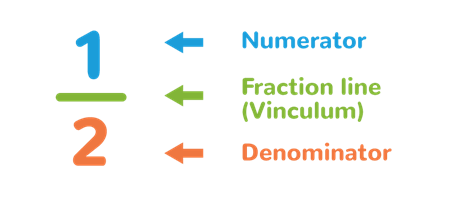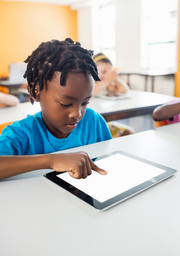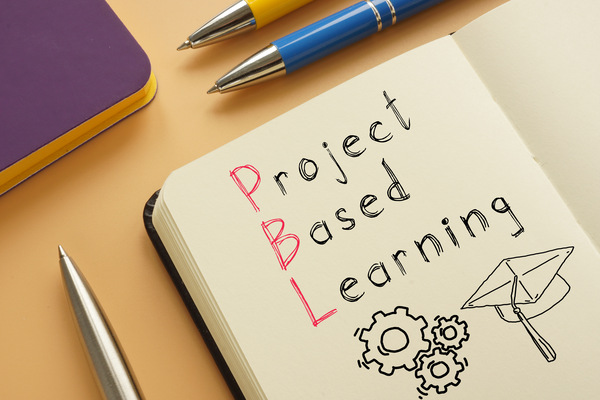Instant Online Tools to Convert JPG to Excel
There are many reasons why a student, an educator, or a working parent would need to convert a JPG to Excel. While these formats could not be more different from each other, they both have unique benefits in presenting data. JPG’s are strong visuals that present data in a compelling way. Excel enables users to format, organize and calculate data in the form of a spreadsheet.
Transferring the data from one format into another manually is tedious and time consuming. Fortunately, a variety of instant online tools have emerged to simplify the process of converting the information from JPG image to the organized and analyzable format of an Excel spreadsheet. These tools also ensure efficiency and accuracy.
Before we get into these online resources that will save you a ton of time and effort, let’s first review the definitions of each format. This will help us fully understand the reasons behind the need for the data conversion.
Understanding JPG and Excel Formats
JPG (JPEG)
JPEG stands for “Joint Photographic Experts Group”, an image format that is mainly used for storing graphics with compression. It is always the most preferable format for photographs and images that consist of several gradients. While JPG files work to maintain the visual quality, they also function for storing pixel information and lack the structure essential for data analysis, as well as manipulation.
Excel
Excel is a part of Microsoft Office, it is a well-known format that helps users organize and analyze the data packed in a tabular format. Excel files contains different cells that arranged in rows and columns, individually contains the data, text, or formulas. This structure fully facilitates the certain level calculations, data manipulation, and also visualization.
The Need for JPG to Excel Conversion
There are various situations where you people have to convert JPG to Excel spreadsheets, some of them are elaborated below:
Data Extraction: If your image is packed with tabular data, transforming it into an organized Excel spreadsheet assists to extract and manipulate the data efficiently.
Reports and Analysis: For further and proper analysis, comparisons of data, and generating insights, the images of reports, charts, data sheets, or graphs can be converted to MS Excel format.
Text Recognition: Transforming scanned images with textual data into MS Excel sheets enables text recognition, this makes it editable and searchable.
Database Creation: Transforming image-based lists or directories into editable MS Excel spreadsheets can work as a foundation to create database or contact lists.
Instant Online Tools for JPG to Excel Conversion
Several online tools cater to the need for converting JPG images to Excel spreadsheets. These tools typically utilize Optical Character Recognition (OCR) technology to extract text and data from images, transforming them into structured Excel files.
Here are some noteworthy options:
1. Card Scanner
This is one of the best and easy to process OCR (Optical Character Recognition) solutions for text-extraction needs. You can fetch its image to excel converter online that lets you extract every single element stored in images and lets you save it as editable Microsoft Excel spreadsheet format.
2. Smallpdf
Smallpdf is one of the user-friendly platforms that works online for transforming various file types. There you can get a JPG to Excel converter that uses an OCR feature for data extraction from images and turn it into actionable MS Excel format. Users just have to upload (add) jpg images, and this OCR tool provides options for customizing the conversion process.
3. Online OCR
Online OCR utility specializes in transforming scanned documents and images into actionable formats. You can find that it entertains you with a variety of languages and offers a high quality JPG to Excel conversion service. Users can simply select a JPG image to upload, choose the output format (Excel), and get the downloadable MS Excel file containing the extracted data.
4. Online 2 Pdf
Another online platform that offers full-fledged and easy to navigate image to excel converter is Online2PDF. The swift conversion process and is capable of managing images and is loaded with several options for transformation based on the type of the content in the image file. It provides conversation of JPEG’s into a number of formats, including Excel.
5. LightPDF
This online utility is loaded with a suite of tools for different file conversion and manipulation. Its JPG to Excel converter focuses on efficient data extraction from existing images and provides the content in a Microsoft Excel spreadsheet file format. Users simply have to add (upload) images and attain the newly transformed MS Excel file without any additional software installation.
Benefits and Considerations
The use of accurate online tools for transforming JPG images into MS Excel files comes with several upsides:
Ease of Use: Image to excel converters eliminates the need for advanced technical skills. This makes the transformation process accessible to a wide array of users.
Time Efficiency: Swift jpg to excel conversions assist in the obtaining of structured data from existing images without any huge human intervention.
Accuracy: Although OCR technology comes with some limitations, modern JPG to Excel converters offer reasonably precise text extraction. This will reduce the risk of errors in the newly converted MS Excel file.
Accessibility: Online OCR converters can be easily accessed from different devices and operating systems along with a stable internet connection.
However, remember that the accuracy of the conversion is mainly based on the quality of the image and the complexity of the context. Handwritten or highly stylized fonts might not transform precisely, and verification of the transformed data is recommended.
In Conclusion
The availability of many instant online JPG to Excel converters indicates the demand for efficient and accurate data extraction and manipulation. These tools go beyond a simple image to text format that often does not allow for transferring data to Excel.



